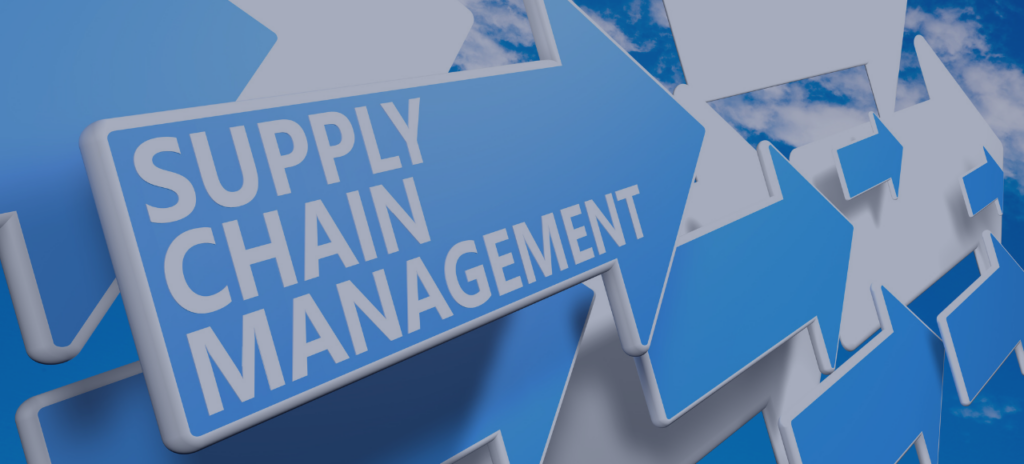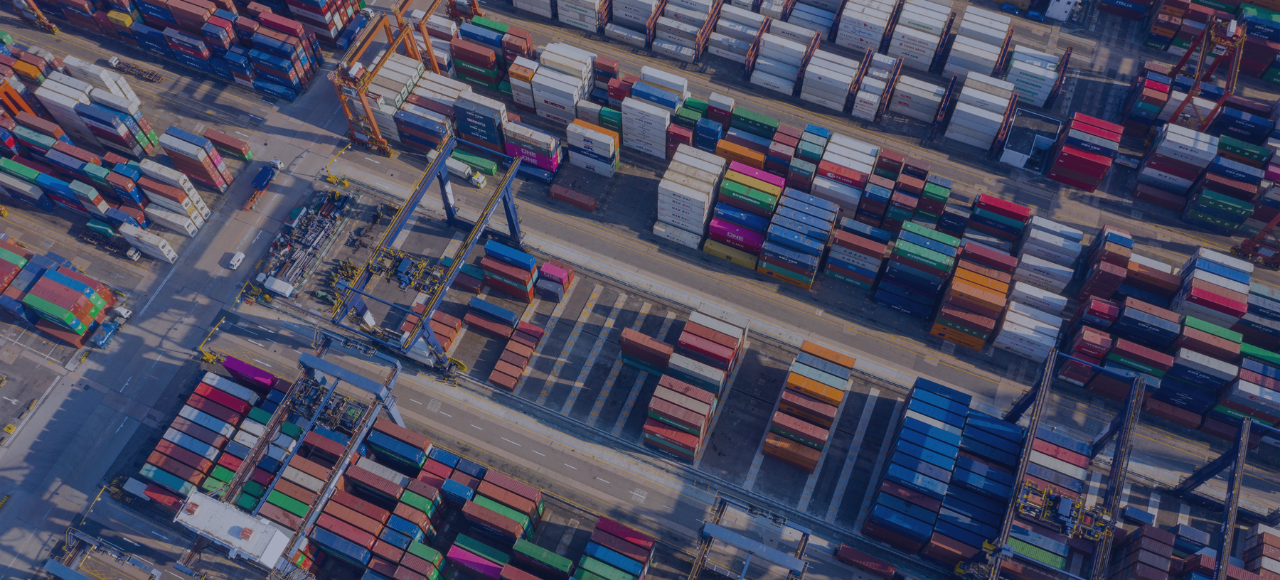The supply chain is the network of activities, entities, organizations, and resources involved in producing and delivering a product or service from its origin to the consumer. Supply chain management involves coordinating and optimizing all processes, from sourcing raw materials to providing finished products at the right time, place, and cost. It includes two stages:
- Upstream supply chain – Activities such as sourcing materials from suppliers.
- Downstream supply chain – Activities like manufacturing, distribution, and retailing.
By streamlining these processes, companies can gain competitive market advantages and increase customer satisfaction.
What Is The Downstream Supply Chain?
A downstream supply chain management system is the process that handles the movement of goods, services, and information from a company to its customers or end users. This encompasses all activities needed to get a product or service from the provider or manufacturer to the customer, including distribution, logistics, and customer service.
A downstream supply chain includes many of the activities performed by a company after the production of its goods/services. Downstream supply chain activities include transportation, warehousing, inventory management, order fulfillment, and distribution. It also provides for the process of getting products to customers through retail channels, e-commerce, or direct sales.
It is essential to have an effective downstream supply chain management system to meet customer demand and stay competitive in the marketplace. Companies must communicate regularly with their customers and end-users to succeed in the downstream supply chain. This allows them to learn about what customers want and respond appropriately.
Downstream Vs. Upstream Supply Chain
In supply chain management, the terms “downstream” and “upstream” refer to the different stages of the supply chain and the direction in which goods and materials flow.
| Upstream Supply Chain | Downstream Supply Chain |
| It provides the raw materials or components needed to create the finished product | It brings the finished product to the customer |
They are involved in activities like procuring raw materials and stocking shelves with merchandise | Involved in activities like packaging and shipping the finished product, ringing up sales, and providing customer service |
The companies involved in these activities are referred to as upstream suppliers | The companies involved in these activities are downstream partners or customers |
Upstream suppliers are more dependent on their downstream customers | Downstream partners have more power in the supply chain because they have direct access to the consumer |
Downstream Supply Chain Examples
Though the terms upstream and downstream apply to any company, these are most commonly used in the oil and gas industry. For example, an oil refinery sells heating oil to a power company, selling the heater to homeowners and other consumers. Activities that take place at the wholesale and retail levels are considered downstream.
Another example is that the personal computer industry includes all retail outlets selling computers. Computer manufacturers like Dell or Hewlett-Packard also sell their products directly to the end user and retailers (any electronics store). The last element of any supply chain is the after-sales service that the retailer provides to the end user who buys the computer.
Importance Of Downstream Supply Chain Management
Downstream Supply Chain Management is essential to businesses looking to maintain a healthy and efficient supply chain. It involves managing all aspects of the supply chain, from suppliers to customers. By controlling the flow of goods and services between the point of production and their point of sale, companies can maximize efficiency, ensure timely distribution and delivery, and keep costs under control. Companies can increase customer satisfaction, reduce costs, improve product quality, and minimize delays in delivery times by managing their downstream supply chains effectively.







Major Supply Chain Issues
As businesses become increasingly global, supply chain issues are becoming increasingly important. Companies must understand the complexities of their supply chains to ensure they can meet customer demand and remain competitive. From delays in production to poor quality control, supply chain issues can hugely impact business performance. Companies need to be aware of these issues and take steps to mitigate their effects.
- Logistics & Transportation : Getting products to customers on time and at a reasonable cost can be tricky, particularly if a company needs to coordinate the movement of goods across long distances or through multiple modes of transportation.
- Channel Management : Working with intermediaries, such as wholesalers, retailers, or e-commerce platforms, can add complexity to the supply chain.
- Distribution & Inventory Management : Providing customers with the products they want and need, when and where they want or need them, can be a challenge for companies with diverse product lines or large numbers of distribution points.
- Supply Chain Security : Companies concerned with protecting their supply chains and preventing disruptions should be aware of counterfeiters and cyber attacks.


Zetwerk is a complete solution for managing your supply chain. We help businesses optimize their operations and maximize profits. We automate the entire supply chain process, from managing inventory to streamlining procurement procedures. In addition to increasing efficiency and visibility, Zetwerk gives companies greater control over costs. With our intuitive and predictive analytics capabilities.







